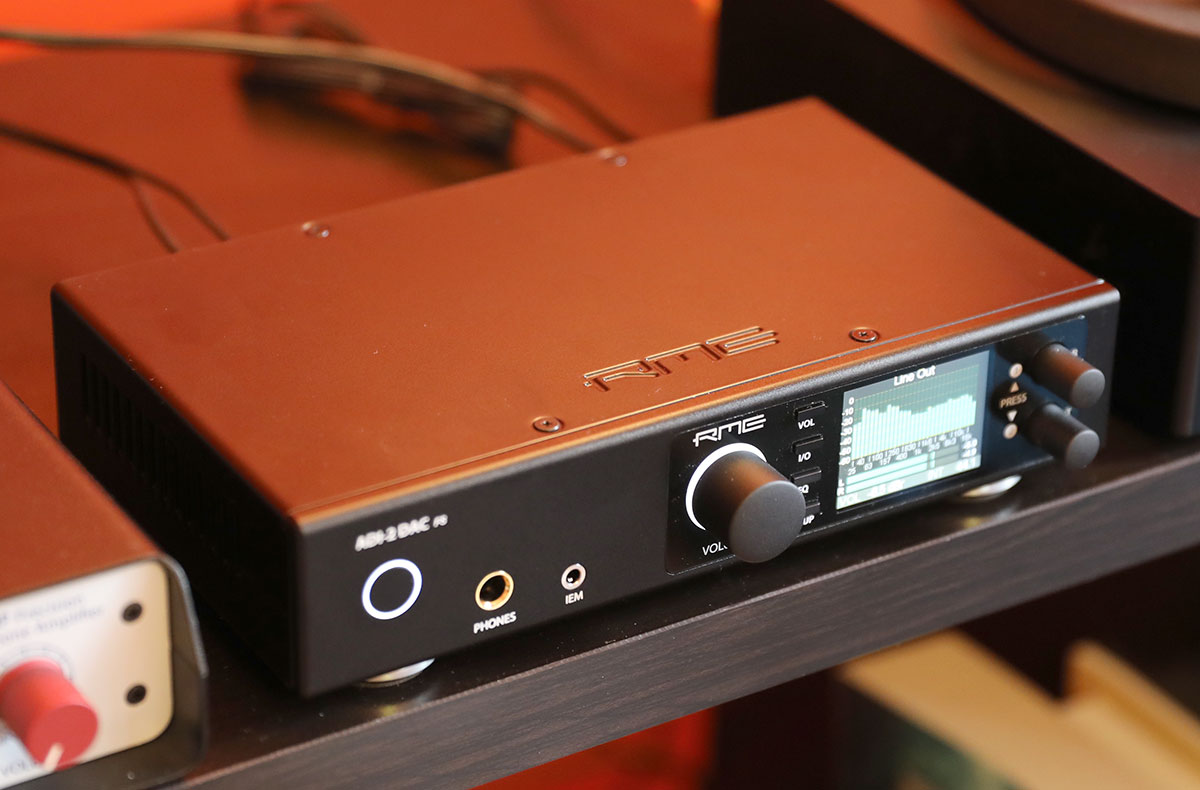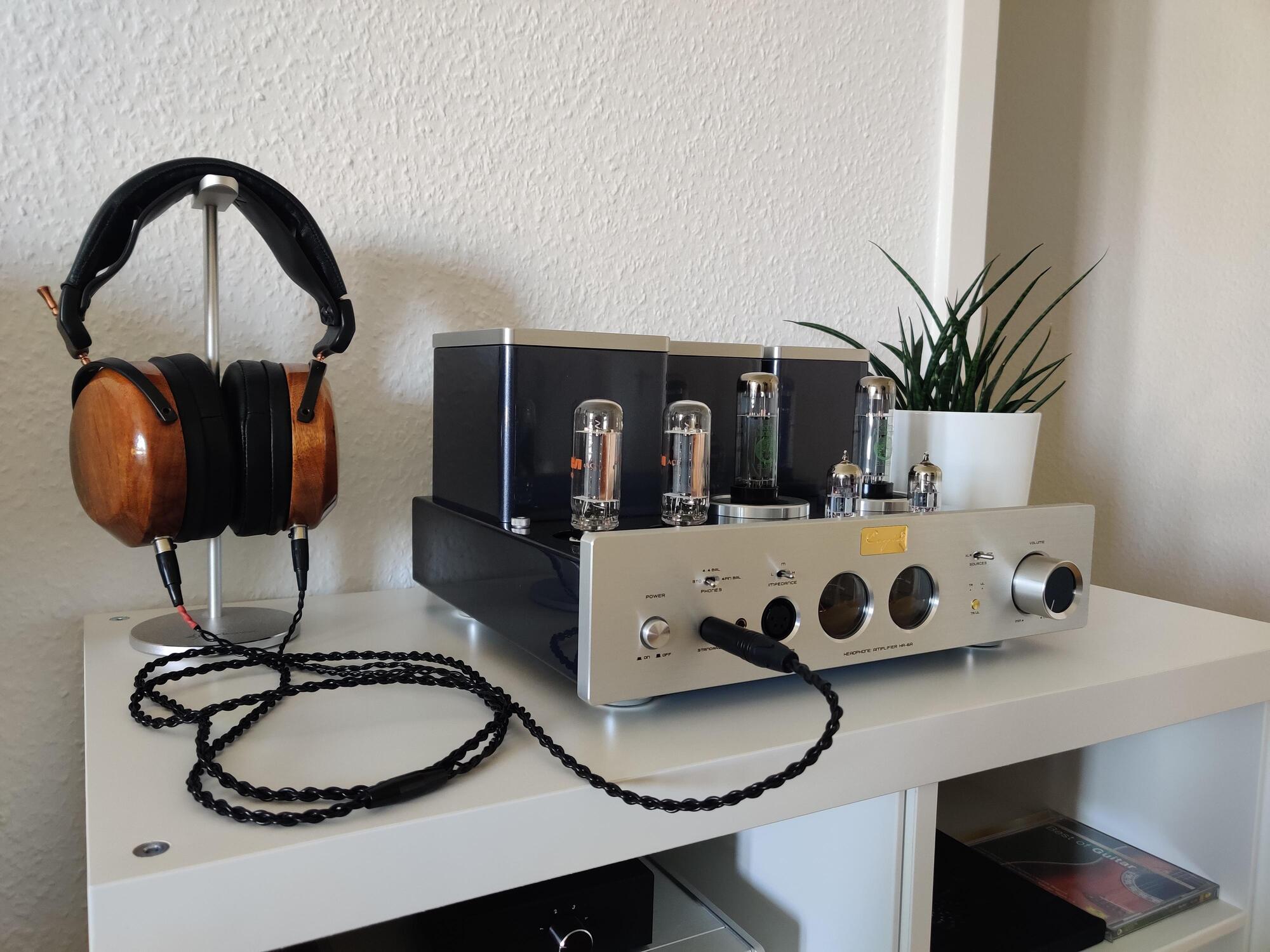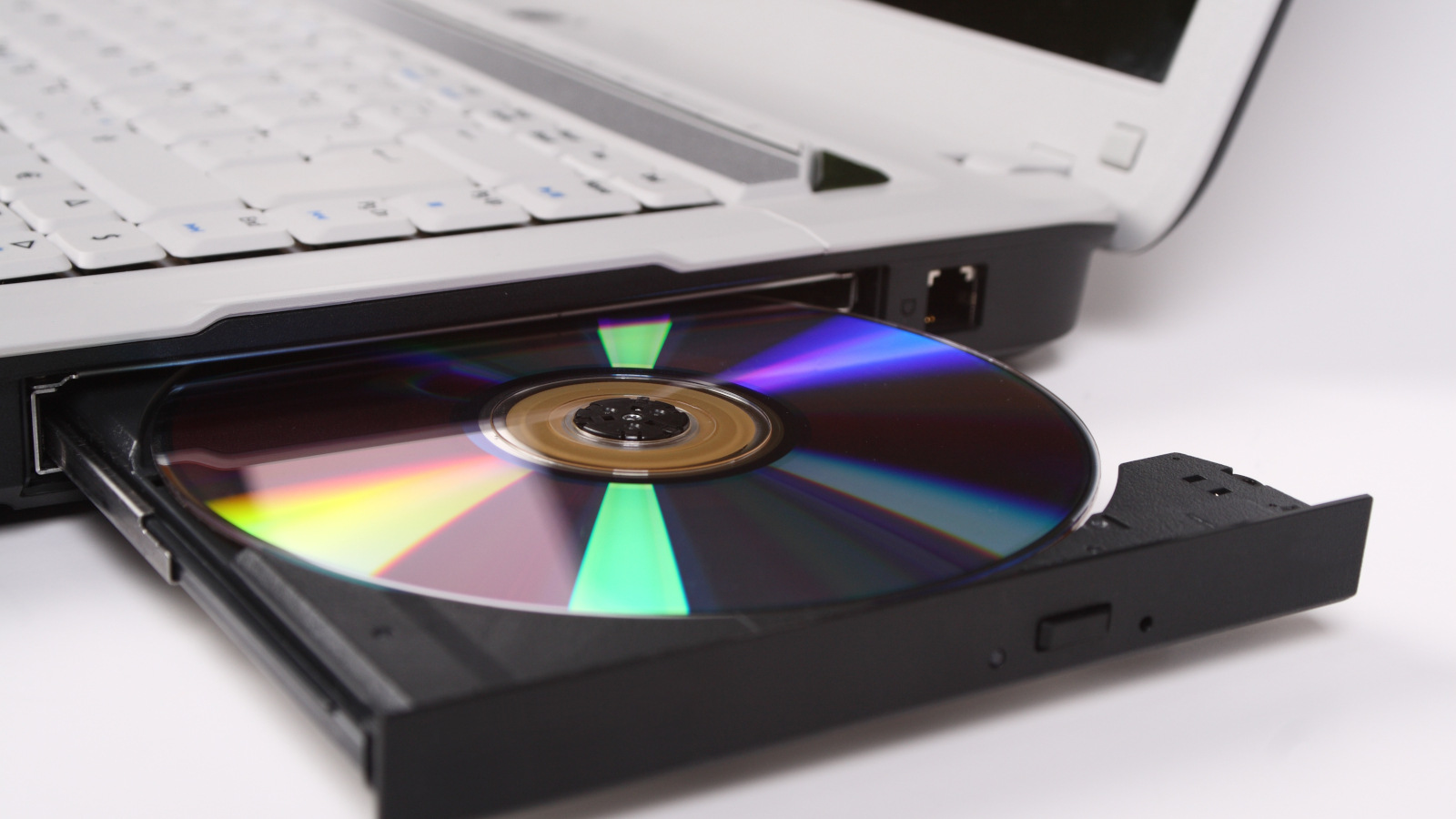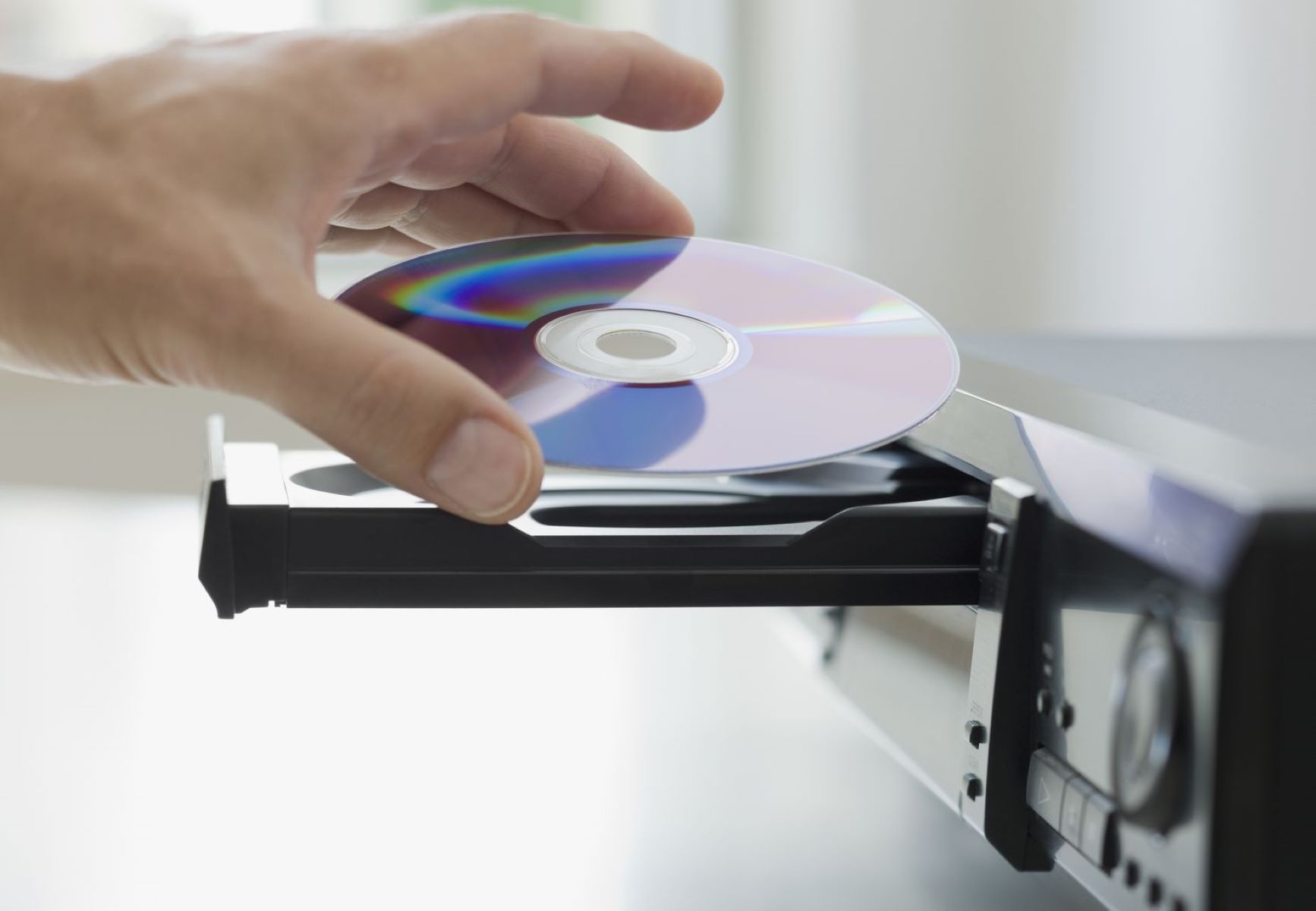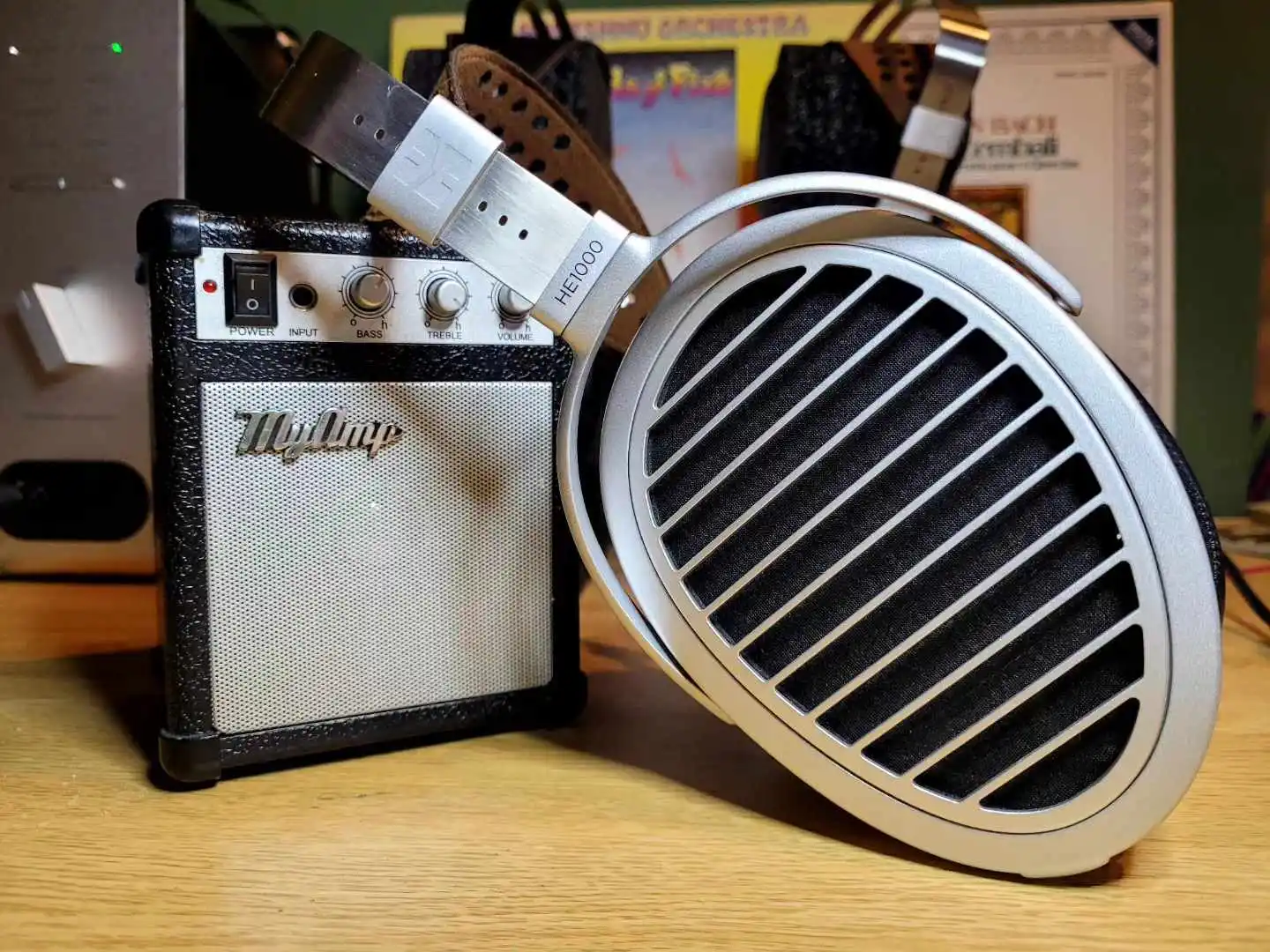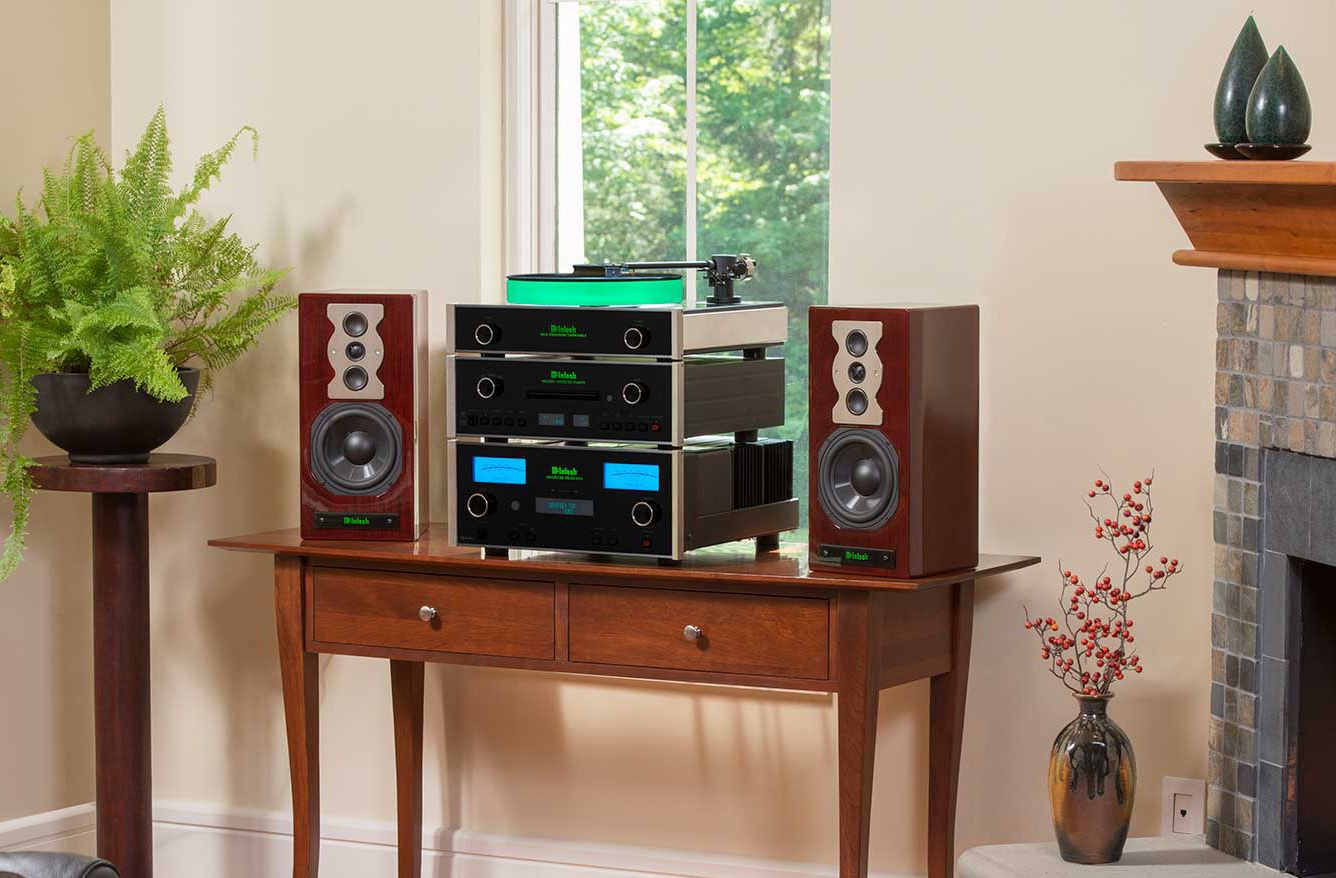Home>Production & Technology>Audiophile>What Is The Point Of A Burn In Audiophile


Audiophile
What Is The Point Of A Burn In Audiophile
Modified: February 18, 2024
Discover the purpose of a burn in audiophile. Uncover why audiophiles swear by this practice to enhance audio quality and overall listening experience.
(Many of the links in this article redirect to a specific reviewed product. Your purchase of these products through affiliate links helps to generate commission for AudioLover.com, at no extra cost. Learn more)
Table of Contents
Introduction
Welcome to the world of audiophiles, where the pursuit of audio perfection is both a passion and an art form. Audiophiles are individuals who obsess over the quality of sound reproduction and seek out the best audio equipment to achieve sonic nirvana. In this world, one concept that often comes up in discussions is the idea of “burn-in.”
Burn-in refers to the process of breaking in or conditioning audio equipment, such as headphones, speakers, or amplifiers, to optimize their performance. It’s believed that subjecting the equipment to continuous use gradually improves its sound quality, resulting in a smoother, more detailed, and natural sound reproduction.
While burn-in has been a topic of debate among audiophiles for years, understanding its purpose, benefits, drawbacks, and scientific explanations is essential for any true audiophile. In this article, we will explore the concept of burn-in in the audiophile world, uncovering the truth behind its importance and its impact on audio devices.
Definition of Burn-In in Audiophile
Before delving deeper into the world of burn-in, it’s crucial to define exactly what it means in the context of audiophiles. Burn-in, in the audiophile realm, refers to the process of continuously running audio equipment, often new or recently acquired, for an extended period. This process aims to optimize the device’s performance by allowing its components to settle, loosen up, and reach their full potential.
Burn-in is commonly associated with headphones, speakers, and amplifiers, as these are devices that directly affect the quality of sound reproduction. By subjecting them to prolonged use, it is believed that any mechanical or electrical inconsistencies within the components can be ironed out, resulting in improved audio performance.
It’s important to note that the concept of burn-in is not limited to audiophiles alone. Various industries, such as electronics and automotive, employ burn-in processes to ensure the reliability and longevity of their products. However, in the audiophile world, burn-in is primarily focused on optimizing audio equipment to produce the best sound possible.
Furthermore, it is worth mentioning that burn-in is often a controversial and highly debated topic among audiophiles. Some staunchly believe in its effectiveness, while others dismiss it as nothing more than a placebo effect. To better understand the intricacies of burn-in, let’s explore its purpose, the myths surrounding it, and the benefits and drawbacks associated with this practice.
Purpose of Burn-In
The primary purpose of burn-in in the world of audiophiles is to improve the performance of audio equipment. It is believed that by running the devices for an extended period, any mechanical and electrical inconsistencies within the components can be minimized or eliminated, resulting in better sound reproduction.
When audio equipment is manufactured, certain components, such as diaphragms in headphones or drivers in speakers, may be stiff or tight due to manufacturing tolerances. Burn-in aims to loosen up these components, allowing them to operate more freely and flexibly. This process can result in a smoother frequency response, improved dynamics, and better overall sound quality.
Furthermore, burn-in is thought to benefit electronic components, such as capacitors and amplifiers. The continuous usage helps stabilize their performance and minimize any initial variations that may affect the accuracy of the audio signal. This can lead to better transient response, reduced distortion, and enhanced clarity in the audio playback.
Another purpose of burn-in is to acclimatize the listener to the sound signature of the equipment. Different audio devices have their own unique sound characteristics, which can take some time for the listener’s ears to adjust to. By using burn-in, the listener can become accustomed to the specific nuances and nuances of the equipment, allowing for a more accurate assessment of its performance.
It’s essential to note that the purpose of burn-in is often subjective and can vary among individuals. Some audiophiles may claim that burn-in helps achieve a more “natural” sound, while others may find little to no difference. The purpose of burn-in, therefore, can be seen as a way for audiophiles to optimize their audio experience and tailor it to their preferences.
Myths and Misconceptions about Burn-In
Despite being a widely discussed topic among audiophiles, there are several myths and misconceptions regarding burn-in that have perpetuated over time. It’s important to separate fact from fiction to have a better understanding of the practice. Here are some common myths and misconceptions about burn-in:
- Burn-in is a placebo effect: One of the most prevalent criticisms of burn-in is that any perceived improvements in sound quality are simply a result of psychological factors. Skeptics argue that the listener’s expectation and bias play a significant role, leading them to believe that burn-in has made a difference when, in reality, it hasn’t.
- Burn-in is a marketing gimmick: Some critics claim that manufacturers of audio equipment promote the idea of burn-in to create a sense of exclusivity or superiority around their products. It is believed that this serves as a selling point to attract audiophile enthusiasts who are constantly seeking ways to enhance their audio experience.
- Burn-in has no scientific basis: Another misconception is that there is a lack of scientific evidence to support the effectiveness of burn-in. Critics argue that without empirical data to validate the claims, burn-in should be disregarded as a mere pseudoscience.
- All audio equipment requires burn-in: It is often assumed that burn-in is necessary for all audio equipment, regardless of the brand, model, or type. However, the reality is that not all devices will benefit from burn-in, as their components may already be optimized during the manufacturing process.
- Burn-in improves sound quality indefinitely: Some audiophiles believe that burn-in is an ongoing process and that the longer audio equipment is used, the better the sound quality will become. However, there is a limit to how much improvement can be achieved through burn-in, and it is unlikely to be a never-ending cycle of enhancement.
It’s important to approach the topic of burn-in with a critical mindset, acknowledging that while there may be anecdotal evidence and subjective experiences supporting its effectiveness, there is also skepticism surrounding its validity. Ultimately, exploring the scientific explanations and personal experiences can provide a well-rounded perspective on the subject of burn-in in the audiophile world.
Benefits and Drawbacks of Burn-In
When it comes to burn-in in the audiophile community, there are perceived benefits as well as potential drawbacks. Let’s take a closer look at both:
Benefits of Burn-In:
- Potential sound quality improvement: One of the main perceived benefits of burn-in is the potential improvement in sound quality. This can include a smoother frequency response, enhanced detail, improved dynamics, and better overall clarity.
- Component optimization: Burn-in is believed to help optimize the performance of various components in audio equipment. By allowing the components to settle and reach their full potential, the device can deliver improved accuracy and reduced distortion.
- Listener acclimation: Burn-in can also help listeners become acclimated to the sound signature of a particular device. By spending time with the equipment, users can adjust to its nuances and make better judgments about its performance.
- Personal satisfaction: For many audiophiles, engaging in burn-in is a personal satisfaction that comes from knowing they have done everything possible to maximize the performance of their audio equipment.
Drawbacks of Burn-In:
- Time and effort: Burn-in requires a significant investment of time and effort. Running audio equipment continuously for extended periods can be time-consuming and may not be practical for everyone.
- Inconsistency in results: The results of burn-in can vary greatly from one device to another. While some people may notice significant improvements in sound quality, others may not experience any noticeable changes, leading to inconsistent outcomes.
- Potential wear and tear: Extended use during burn-in can potentially subject the equipment to increased wear and tear, especially if not done properly. This can impact the longevity and reliability of the device.
- Subjective nature: The benefits of burn-in are primarily subjective and can vary depending on the individual’s perception and preferences. This subjectivity can make it difficult to determine whether the improvements are a result of burn-in or simply a placebo effect.
As with any practice in the audiophile world, it’s important to weigh the potential benefits against the drawbacks and make an informed decision based on personal preferences and priorities. While some may find value in burn-in and the potential sonic improvements it brings, others may prefer to focus on other aspects of their audio setup.
Methods of Burn-In
There are several methods used by audiophiles to perform burn-in on their audio equipment. While the specific techniques may vary, the underlying principle is to subject the devices to continuous usage over an extended period. Here are some common methods of burn-in:
- Music or Pink Noise Playback: One popular method involves playing music or pink noise through the audio equipment for an extended period. This allows the device to reproduce a wide range of frequencies and vibrations, facilitating the loosening and optimization of its components.
- Frequency Sweeps: Audiophiles may use frequency sweep tracks that gradually move through the entire spectrum of audible frequencies. This helps exercise the different components of the audio device and ensures that they are performing optimally across all frequencies.
- Continuous Playback: Some audiophiles prefer to continuously play audio through the equipment, often for several days or even weeks. The goal is to provide a consistent workload for the components, allowing them to settle and reach their optimal performance level.
- White Noise or Pink Noise Generators: Another method involves using white noise or pink noise generators specifically designed for burn-in. These generators produce a steady stream of noise that covers a broad frequency range and can be connected directly to the audio equipment for continuous usage.
- Physical Workouts: For devices with moving parts, such as headphones with dynamic drivers, some audiophiles may opt for physical workouts. This includes flexing, stretching, or vibrating the components manually to simulate continuous usage and aid in burn-in.
It’s important to note that the duration and intensity of burn-in can vary depending on personal preferences and the specific audio equipment being used. Some audiophiles may opt for shorter burn-in periods, while others may choose to be more thorough and run the devices for extended periods.
Regardless of the chosen method, it’s crucial to exercise caution and ensure proper ventilation and cooling during burn-in to prevent overheating of the equipment. It’s also essential to follow manufacturer guidelines and recommendations, as some devices may have specific burn-in procedures or considerations.
Experimentation and finding the method that works best for individual preferences and equipment is key when it comes to burn-in. Ultimately, the goal is to optimize the performance of the audio devices and achieve the desired sound quality.
Impact of Burn-In on Audio Devices
The impact of burn-in on audio devices has been a subject of debate among audiophiles. While some argue that burn-in can significantly improve the performance of audio equipment, others believe that any changes are negligible or simply a result of subjective perception. Let’s explore the potential impacts of burn-in on audio devices:
Components and Mechanical Parts:
For audio devices with moving parts, such as speakers or headphones with dynamic drivers, burn-in may have a noticeable impact. The continuous usage can help loosen up the components, including the diaphragms and suspension systems, allowing them to function more optimally. This can result in a more articulate and controlled sound reproduction, with improved bass response and reduced distortion.
Electronics and Amplifiers:
Burn-in can also have an impact on the electronic components and amplifiers within the audio devices. It is believed that continuous use helps stabilize their performance, allowing for more accurate signal amplification and better overall sound reproduction. This can result in improved clarity, reduced noise, and enhanced dynamic range.
Sound Quality:
The impact of burn-in on sound quality is subjective and can vary from person to person. Some audiophiles claim that burn-in leads to significant improvements in sound fidelity, with smoother frequency response, better instrument separation, and more nuanced audio reproduction. However, others may not notice any notable changes or may attribute any perceived improvements to psychological factors.
Consistency and Stability:
An often-cited benefit of burn-in is that it helps achieve a more consistent and stable performance from audio devices. Through continuous use, any initial variations or inconsistencies in the components can be ironed out, resulting in a more reliable operation over time. This can lead to a more predictable sound experience, with fewer fluctuations or anomalies.
Long-Term Durability:
Another potential impact of burn-in is the long-term durability of audio devices. By subjecting the components to continuous use and allowing them to settle, it is believed that the devices may be less prone to wear and tear in the future. This can contribute to the longevity and reliability of the equipment.
It’s important to note that the impact of burn-in can vary depending on the specific audio device, its design, and manufacturing tolerances. Additionally, the individual’s perception and preferences play a significant role in determining whether the impact is significant or not. While burn-in may have potential benefits, it is essential to approach it with an open mind and consider personal experiences, scientific explanations, and empirical evidence when evaluating its impact on audio devices.
Scientific Explanations and Evidence for Burn-In
The concept of burn-in in the audiophile world has been met with skepticism from those who argue that there is a lack of scientific evidence to support its effectiveness. However, there are scientific explanations and studies that provide insight into why burn-in may have an impact on audio devices. Here are some scientific explanations and evidence for burn-in:
Mechanical Break-In:
For audio devices with moving parts, such as speakers or headphones with dynamic drivers, burn-in can be attributed to mechanical break-in. When these components are new, they may be stiff or tight due to manufacturing tolerances. The continuous usage allows them to loosen up and settle into their optimal state, resulting in improved performance and sound quality.
Electrical Stabilization:
Another scientific explanation for burn-in relates to the electrical components within audio devices. Components such as capacitors and amplifiers may experience slight variations in performance during initial use. With continuous operation, these components stabilize, reducing any inconsistencies and resulting in more accurate signal processing and amplification.
Measurement Studies:
Several measurement studies have been conducted to evaluate the potential impact of burn-in on audio devices. While the results can vary depending on the specific components and testing methods used, some studies have shown measurable changes in frequency response, distortion levels, and other audio performance parameters after burn-in. These findings suggest that there may be objective improvements in sound quality as a result of burn-in.
Subjective Listening Tests:
In addition to measurement studies, subjective listening tests have also been conducted to assess the impact of burn-in. These tests involve trained listeners comparing the sound quality of audio devices before and after burn-in. While subjective tests are inherently subjective, some studies have shown a consensus among listeners who reported improved sound quality and perceived nuances after burn-in.
Manufacturer Recommendations:
Some audio equipment manufacturers provide burn-in recommendations or guidelines based on their own testing and experience. While these recommendations may not provide scientific evidence in themselves, they do indicate that manufacturers acknowledge the potential benefits of burn-in and have incorporated it into their production processes or customer recommendations.
Although burn-in continues to be a topic of debate, scientific explanations, measurement studies, and subjective tests provide some supporting evidence for its effectiveness. However, it’s important to note that these findings are not universally applicable to all audio devices or listeners. The impact of burn-in can vary, and personal experience and preference still play a significant role in determining its value.
Personal Experiences and Subjectivity of Burn-In
When it comes to the topic of burn-in, personal experiences and subjectivity play a significant role in shaping how individuals perceive its effectiveness. The impact of burn-in on audio devices can vary widely from person to person, and anecdotal evidence often drives the debate around its validity. Here’s a closer look at personal experiences and the subjectivity of burn-in:
Anecdotal Evidence:
Audiophiles often rely on anecdotal evidence to support the effectiveness of burn-in. Many enthusiasts claim that they have observed significant improvements in sound quality and overall performance after burn-in. They report a more open soundstage, improved clarity, and enhanced detail. These personal experiences serve as a testament to the perceived benefits of burn-in.
Psychological Factors:
The subjectivity of burn-in cannot be ignored, as psychological factors can influence the perception of sound quality. Factors such as expectation bias, placebo effects, and the desire for improvement can contribute to the belief that burn-in has made a noticeable difference. It’s important to consider these psychological influences when evaluating the perceived benefits of burn-in.
Equipment Variation:
Another aspect of subjectivity is the variation in audio equipment. Different devices have their own unique sound characteristics and variations in manufacturing tolerances. This can result in different outcomes when it comes to burn-in. Some equipment may exhibit more notable changes, while others may show little to no difference. Therefore, personal experiences can be highly dependent on the specific equipment being used.
Personal Preferences:
Personal preferences also shape the perception of burn-in. Each listener has their own sonic preferences and expectations, and what may be considered an improvement by one person may not be perceived in the same way by another. Some individuals may appreciate subtler nuances and improvements, while others may be more discerning and critical of any changes they perceive.
Experimental Mindset:
Given the subjective nature of burn-in, some audiophiles take an experimental approach. They may engage in burn-in to satisfy their curiosity and determine whether it has any discernible impact on their specific audio equipment. This mindset allows for personal exploration and an opportunity to form individual opinions based on direct experience.
While personal experiences and subjectivity play a significant role in the perception of burn-in, it’s important to consider other factors such as scientific explanations and objective measurements. The combination of personal experiences, subjective preferences, and scientific evidence can help form a more comprehensive understanding of the impact of burn-in on audio devices.
Conclusion
The concept of burn-in in the audiophile world has been a topic of discussion and debate for many years. It involves subjecting audio equipment to extended periods of use with the aim of optimizing its performance. While the effectiveness of burn-in is a subject of contention, understanding its purpose, benefits, and drawbacks is important for any serious audiophile.
Throughout this article, we’ve explored the definition of burn-in and its relevance to audiophiles. We’ve delved into the potential benefits of burn-in, such as improving sound quality, optimizing components, and acclimating the listener to the sound signature of the equipment. Additionally, we’ve touched on the drawbacks of burn-in, such as the time and effort required and the subjective nature of its impact.
Scientific explanations and evidence for burn-in indicate that mechanical break-in, electrical stabilization, measurement studies, and subjective listening tests can contribute to improvements in sound quality and performance. However, it’s vital to consider the subjectivity of burn-in, as personal experiences, psychological factors, equipment variation, and individual preferences can influence its perceived effectiveness.
In the end, whether or not to engage in burn-in comes down to personal choice. Some audiophiles find value in burn-in as a means of enhancing their audio experience and optimizing their equipment, while others remain skeptical. It’s important to approach the topic with an open mind, taking into account scientific evidence, personal experiences, and subjective preferences when making a decision.
Ultimately, the pursuit of audio perfection is a deeply personal and subjective journey. Whether you choose to embrace burn-in or not, what truly matters is the joy and satisfaction you derive from your audio setup and the music that brings it to life.



